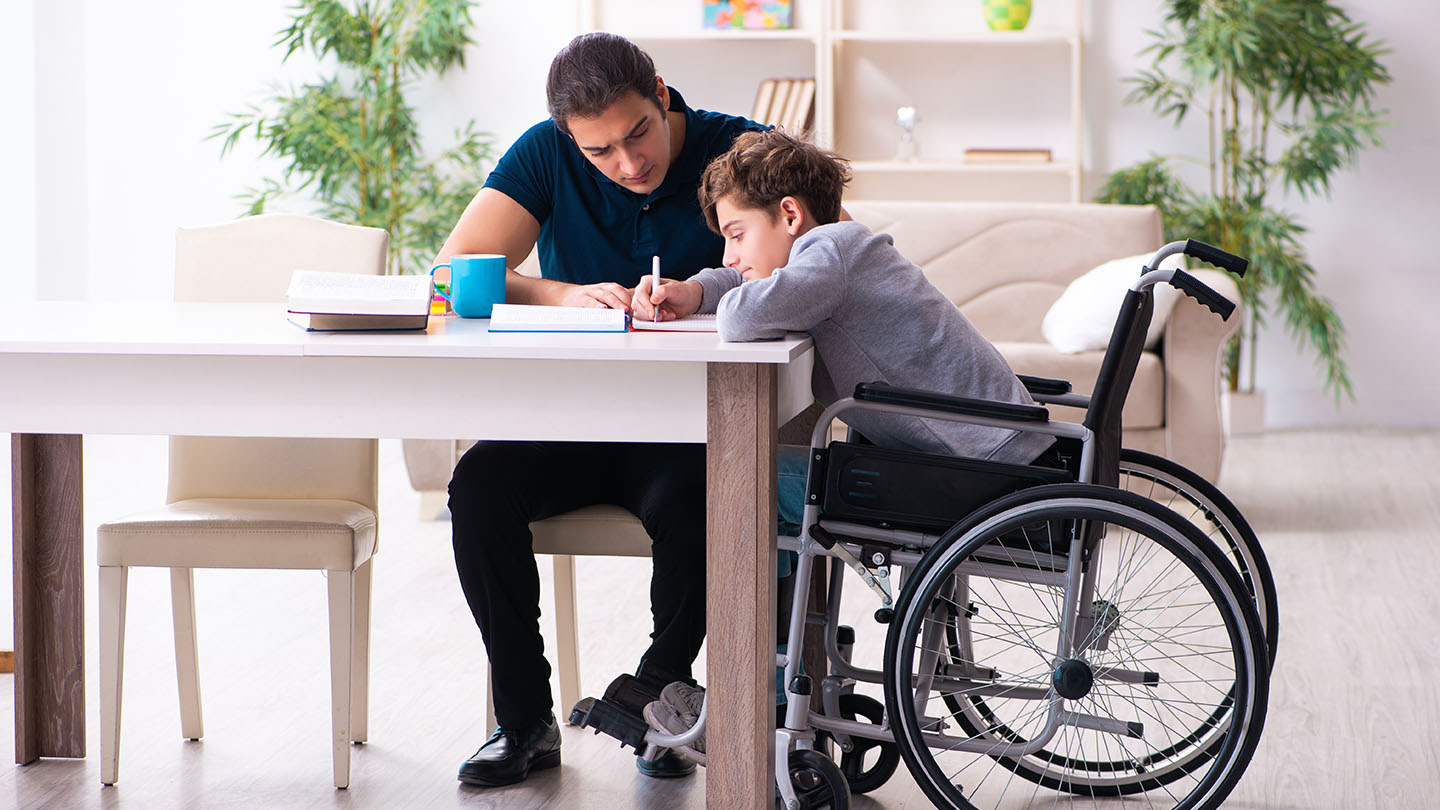Adults with physical disabilities experience more mental distress than those without them—as reported by the CDC. Frequent or chronic mental distress is linked to a host of additional issues, including a significant reduction in one’s quality of life.
During the global pandemic, the severity and prevalence of these problems have incremented, owing to factors such as isolation, disrupted routines, and a lack of connection. So the question is, what mental conditions are people with physical disabilities at risk for and what response is best to help them feel more positive about their lives and the world around them?
The Link between Physical Disabilities, Anxiety, and Depression
Some conditions have a known link to anxiety and depression. A recent study published in the journal JAMA Neurology, for instance, found that people with cerebral palsy (CP) have a higher risk of developing these conditions than their peers without CP. The risk of depression was 44% higher while the risk of anxiety was 55% higher. The risk was even higher for those who had cerebral palsy but did not have an intellectual disability. Depending on your condition, it is important to be vigilant of signs that you may have anxiety or depression, so you can obtain a diagnosis and the right treatment. Joining online networks is a good place to start. Online cerebral palsy resources can help you identify the mental issues you may be prone to and point you in the right direction in terms of the array of treatments available.

Finding Healthy Ways to Cope with Stress
In addition to seeking professional help if needed, people with physical disabilities can adopt a range of strategies to help them cope with stress well. These include taking breaks from watching scary or depressing news on television, eating well-balanced meals, and exercising daily. If your physical disability stops you from taking part in sports sessions or classes, think of activities that you can workaround. For instance, people with osteoarthritis can benefit greatly from chair yoga, which provides them with a challenging and fun session while keeping them stable. Those who are in wheelchairs, meanwhile, can take part in the team and individual sports alike—including wheelchair basketball. There are many activities that are adapted to make them more accessible so that everyone can enjoy a day outside interacting with others while getting fit.
Working on the Mind
Exercise as a whole improves mood, energy levels, and vitality, but holistic activities such as yoga, Tai Chi, and mindfulness meditation, are particularly powerful means of reducing stress levels. So, too, is time spent in green areas, with studies showing that spending just 10 to 20 minutes in a park or another green setting significantly lowers levels of stress hormone, cortisol. Keep your mind active and alert by avoiding alcohol and mind-altering substances. Aim to keep your thoughts ‘in the here and now’, accepting positive as well as negative emotions while knowing that they are temporary and in a constant state of flux and that they do not define you.
People with physical difficulties can face a higher risk of mental conditions such as anxiety and depression. Those who do should seek professional help; often, behavioral approaches are sufficient to make someone feel more positive about their lives and their achievements. Finding healthy ways to cope with stress is also important, as is embracing activities such as mindfulness meditation—which helps reduce cortisol levels.








Leave a Reply
You must be logged in to post a comment.